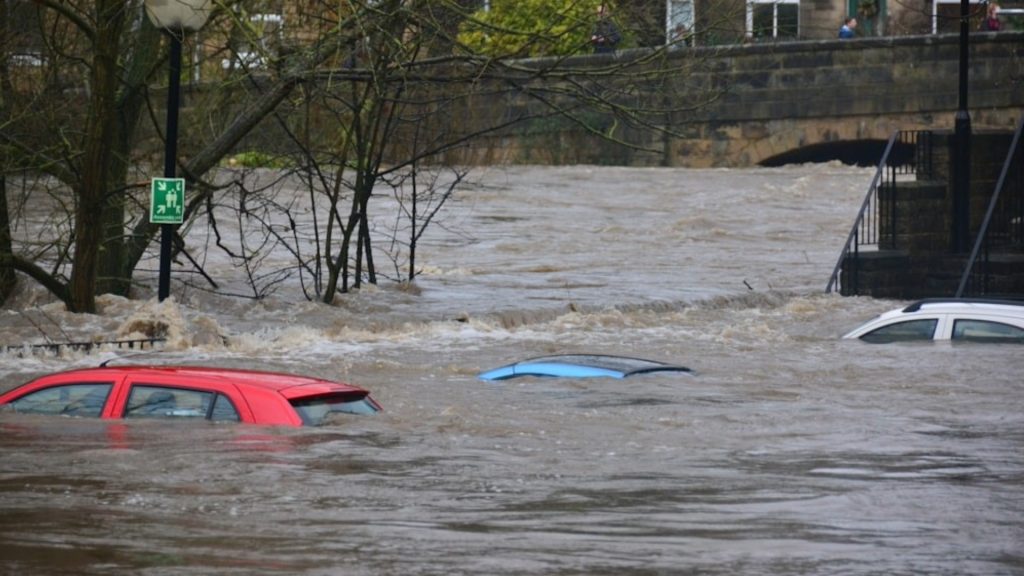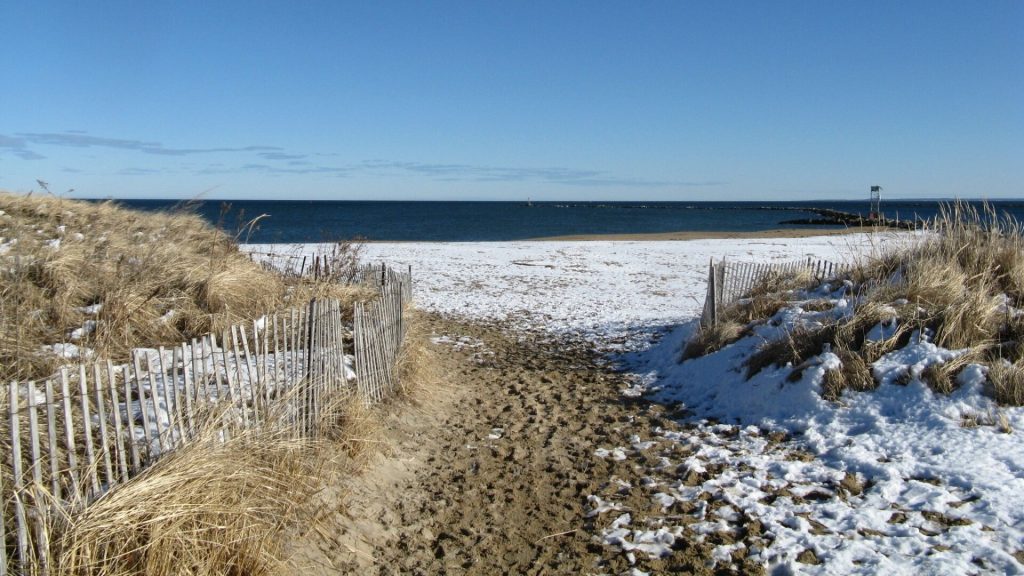Salisbury, Massachusetts, residents paid $500,000 for a sand dune to protect beachfront homes from the sea. Three days after completion, the 14,000-ton barrier was obliterated by three storms and the year’s highest tides.
Homeowners like Ron Guilmette now face catastrophic uncertainty about property values and whether to stay as the ocean encroaches. The failed attempt demonstrates the harsh reality of maintaining fragile defenses against nature’s whims.
The Changing Climate is Accelerating Coastal Erosion
The residents of Salisbury have been battling coastal erosion for years. However, the pace of erosion has recently intensified due to climate change.

Sea levels in Massachusetts have risen by up to 8 inches since 1950, and the rate of increase has sped up over the last decade. Higher sea levels mean more frequent and severe tidal flooding, eroding beaches and damaging property.
The Threat of Sea Level Rise
Sea levels along the Massachusetts coast have risen by up to 8 inches since 1950 due to changes in ocean circulation and melting ice. There are already over 27,564 properties at risk of tidal flooding, and the number is projected to increase to over 30,000 by 2050.

The state government has allocated over $1 billion to implement solutions such as coastal restoration projects, flood prevention initiatives, and preserving wetlands. However, these approaches are complicated because natural barriers like wetlands and beaches, which shield communities and wildlife from floods, are endangered by sea level rise.
Most Flooding Happens In The Winter
Most flooding happens in the winter due to nor’easters. Nor’easters are winter storms that bring strong winds, heavy rain, and coastal flooding. They form when cold air from the north meets warm air from the south, often during winter.

Nor’easters can last for days, pushing more water towards the coast and raising higher tides. The higher the tides rise the increased chances of flooding. While the tides don’t always get too high, those closest to the coast always have to deal with some form of water damage.
Higher High Tides Also Cause Severe Winter Flooding
In addition, higher high tides in the winter months also contribute to coastal flooding. The highest tides in Massachusetts typically occur during the winter, especially around the full moon and new moon.

The moon’s gravitational pull has the largest influence on high tides, causing what are known as “king tides.” When these seasonal king tides coincide with nor’easters and sea level rise, coastal communities like Salisbury are vulnerable to severe winter flooding that impacts homes and infrastructure.
The Rising Threat
The disappearing sand dune highlights the growing threat of coastal erosion and flooding exacerbated by climate change. As sea levels continue to rise alarmingly, storms are becoming more intense and frequent.

Many parts of the Massachusetts coastline, including Salisbury Beach, are at high risk of being submerged within the next few decades if nothing is done. Homeowners like Guilmette face difficult decisions in the years ahead. For some, retreating from the advancing sea may be the only viable option.
Short-Term Fixes May Do More Harm Than Good
While sand dunes and sea walls seem logical solutions, they often exacerbate beach erosion and environmental damage in the long run.

As sea levels continue to rise at an accelerating rate due to climate change, temporary fixes will not withstand the higher tides and more powerful storms. More sand will be pulled into the ocean, and barriers will need to be built higher and wider, encroaching further on coastal ecosystems.
Complicated Problems Require Comprehensive Solutions
There are no easy answers when it comes to adapting to sea level rise, especially in coastal communities where there are many competing interests. Protecting homes and infrastructure requires huge investments, but so does preserving natural habitats and the tourism industry.

The state government has allocated over $1 billion to fund restoration projects, flood prevention initiatives, and the conservation of wetlands. However, some towns lack the resources to implement adequate safeguards. Tackling this issue will require coordinated efforts at all levels of government as well as a willingness to make difficult choices.
Debating Long-Term Solutions for Salisbury Beach
Some possible options for long-term solutions could be beach replenishment, the construction of seawalls or revetments, or a managed retreat. Beach replenishment, also known as beach nourishment, involves adding more sand to the beach to widen it and build it up to provide a buffer against flooding and erosion.

While effective, it is very expensive, and the new sand will eventually wash away again. Seawalls and revetments are barriers built of rock, concrete, or wood pilings placed at the beach’s base to absorb the energy of waves and prevent further erosion.
The Challenges of Building Stable Coastal Barriers
The challenges of building stable barriers are many. Sea levels are rising at an accelerating rate due to factors like ice melt and changes in ocean circulation, and coastal storms are becoming more frequent and intense. Natural protective barriers like beaches and wetlands are themselves threatened.

Saltwater is intruding into coastal ecosystems and the rock that provides fresh groundwater. There are over 27,564 properties currently at risk of tidal flooding in Massachusetts, and the number will rise as the sea does.
Other Options Beyond Sand Dunes to Protect the Coastline
One approach is beach nourishment, which involves adding sand or sediment to widen beaches and strengthen their ability to absorb wave energy during storms. This helps prevent flooding and protects properties behind the beach.

Another option is wetland restoration by planting native grasses and plants along the shoreline. Wetlands act as natural buffers that absorb storm surges and filter pollutants. Restoring wetlands also helps support local wildlife and ecosystems.






